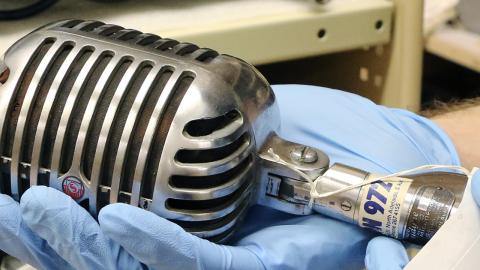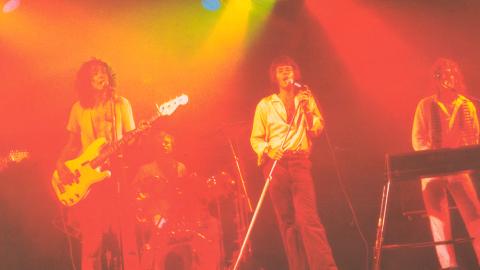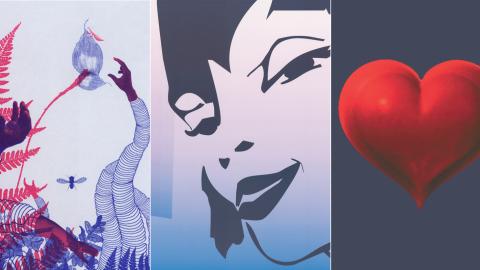
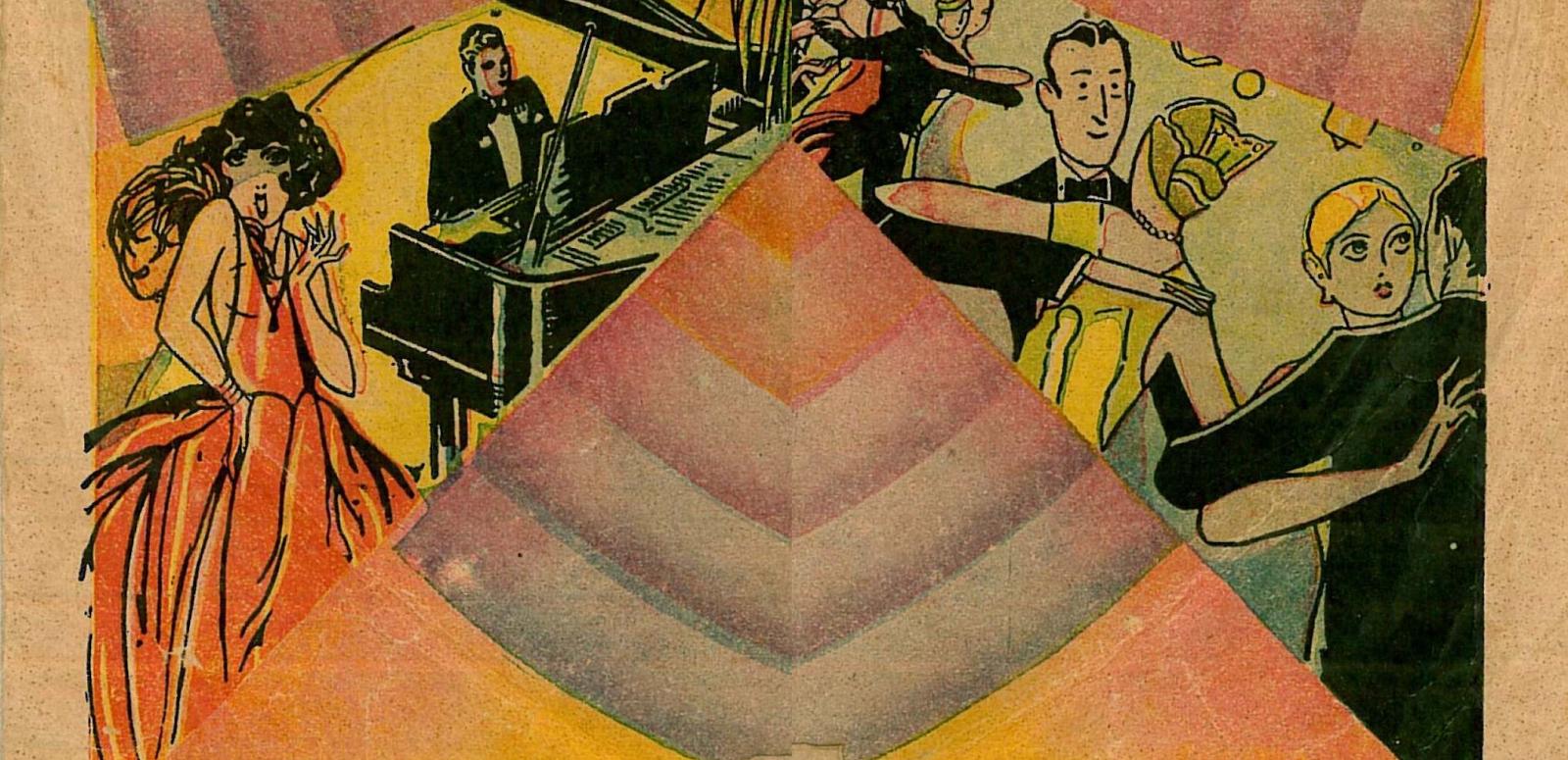
Early record sleeves: Australia
Early record sleeves
In the first half of the 20th century, music was commercialised on 78 rpm shellac discs which could hold a little over three minutes on each side. Names such as 'Gramophone', 'Phonograph' referred to specific brands; the generic name for all record players at the time was 'Talking Machine'.
These early records were housed in paper sleeves. Some were sold in plain brown sleeves, others in simple sleeves which included information about the record company, the local store where the disc was acquired, or the latest home entertainment technologies available to discerning audiophiles. They rarely included a reference to the actual songs or artists.
This collection focuses on Australian record sleeves.
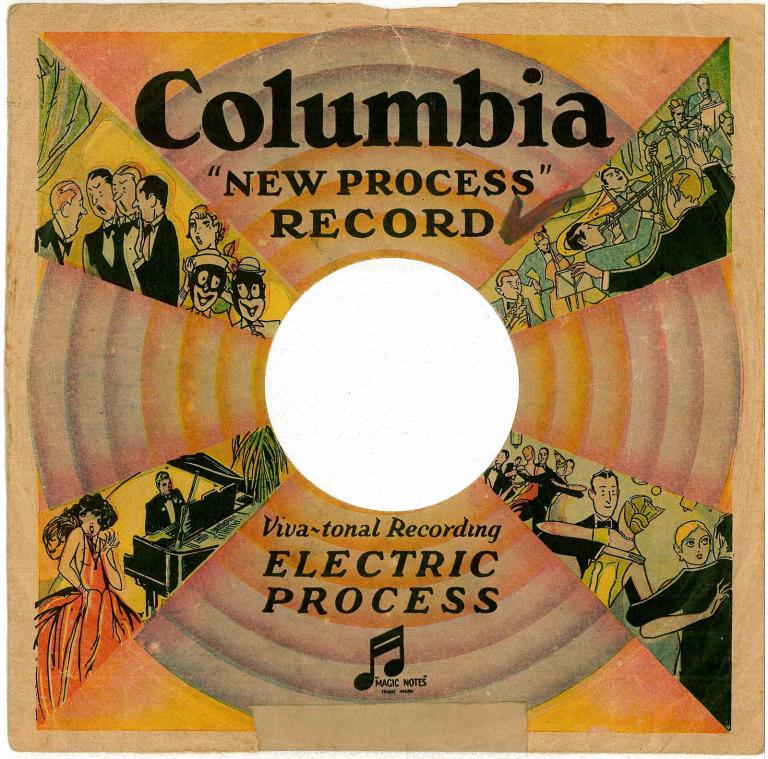
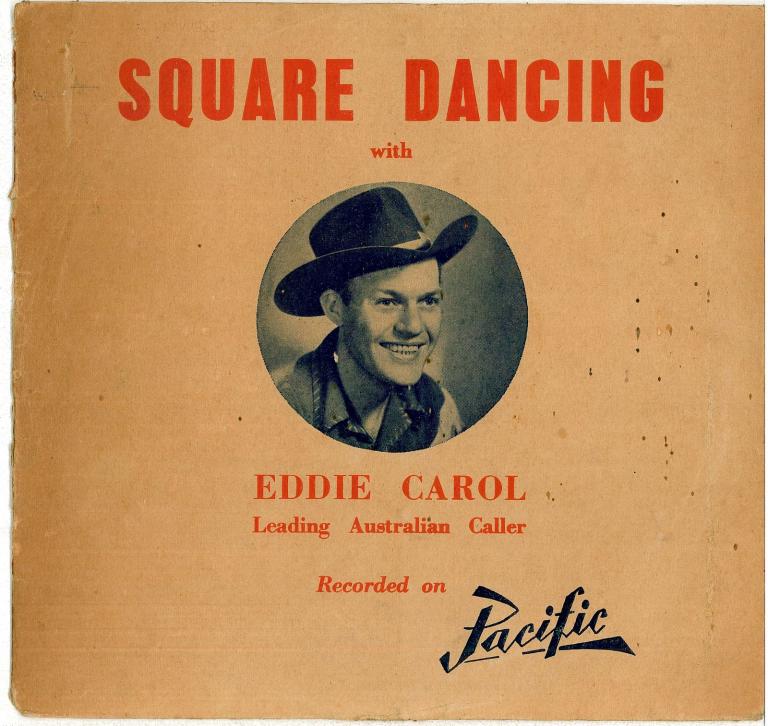
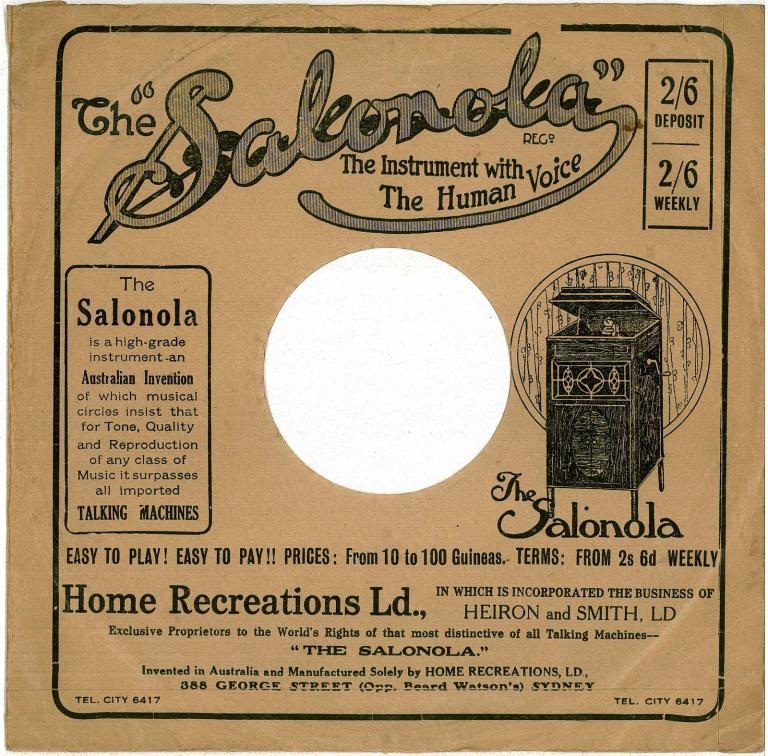
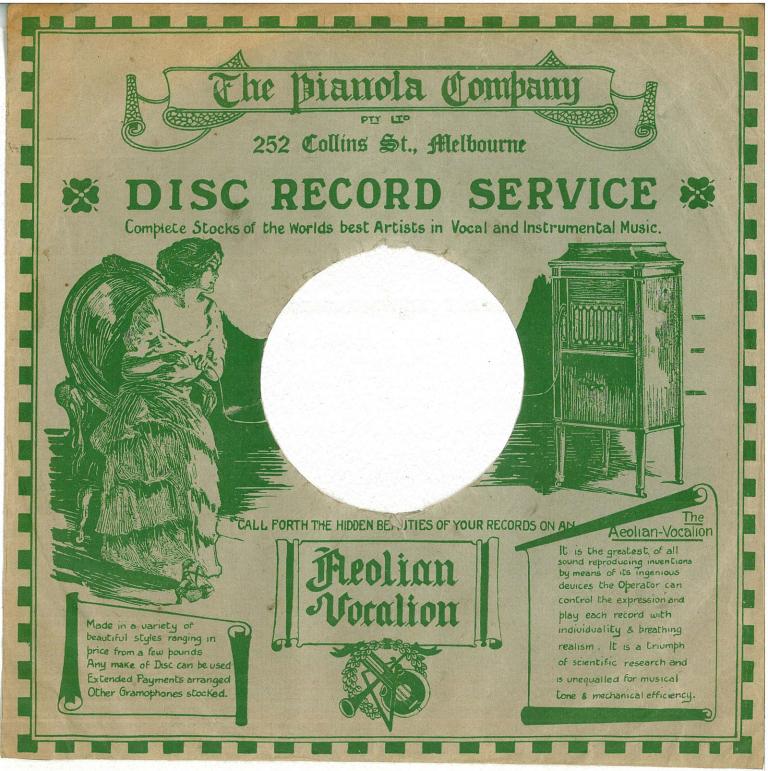
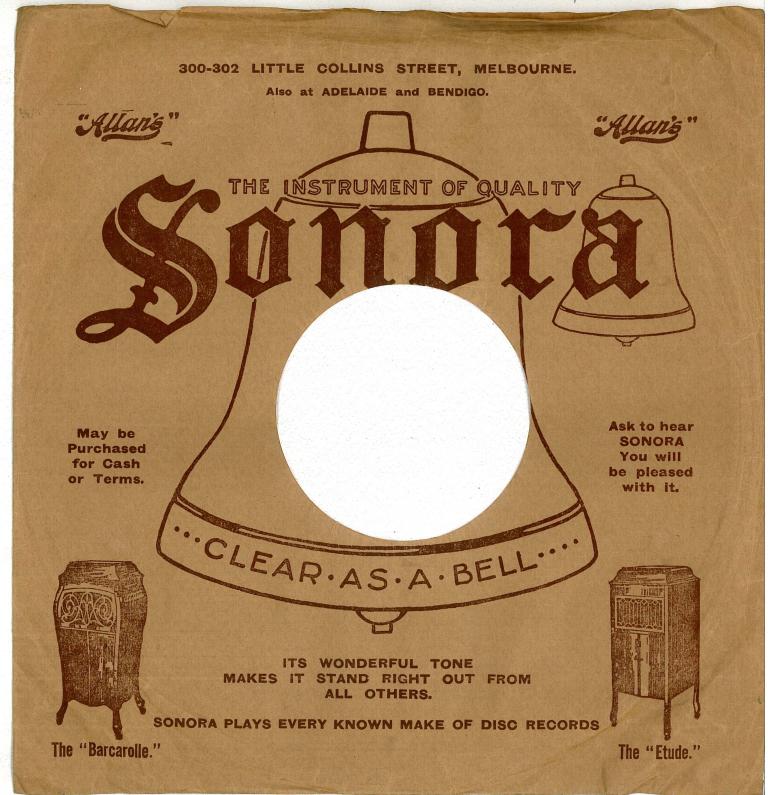
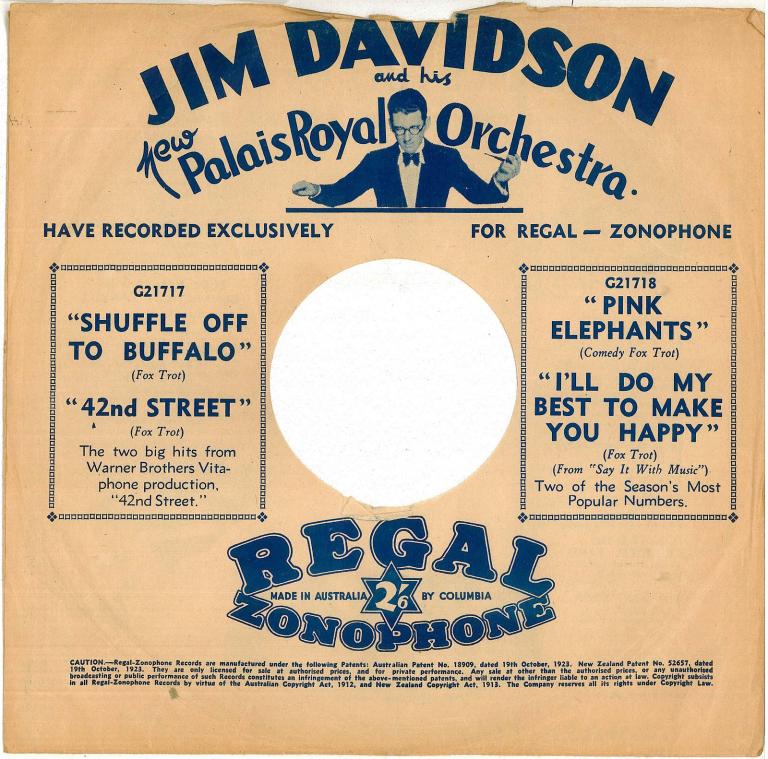
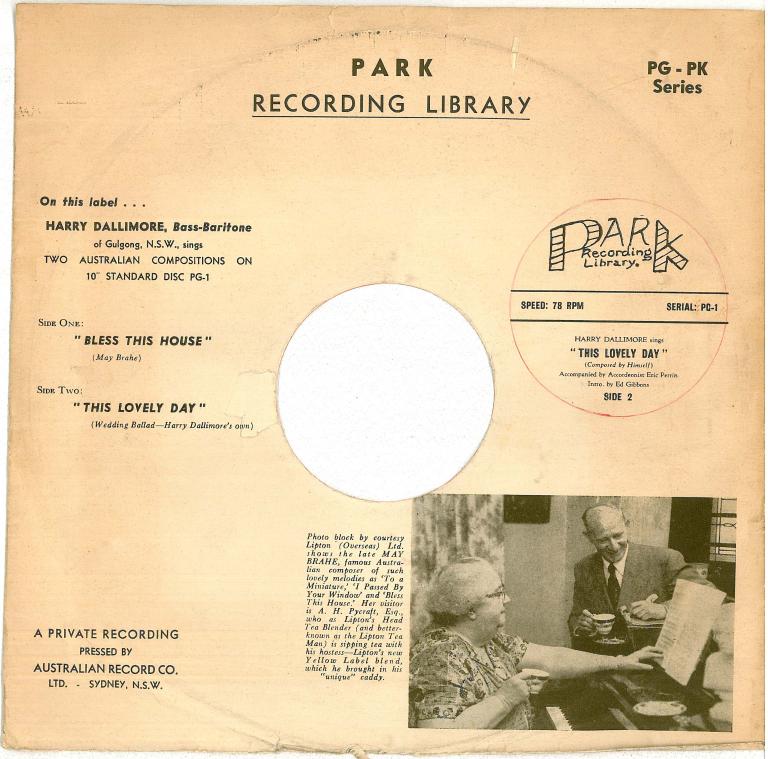

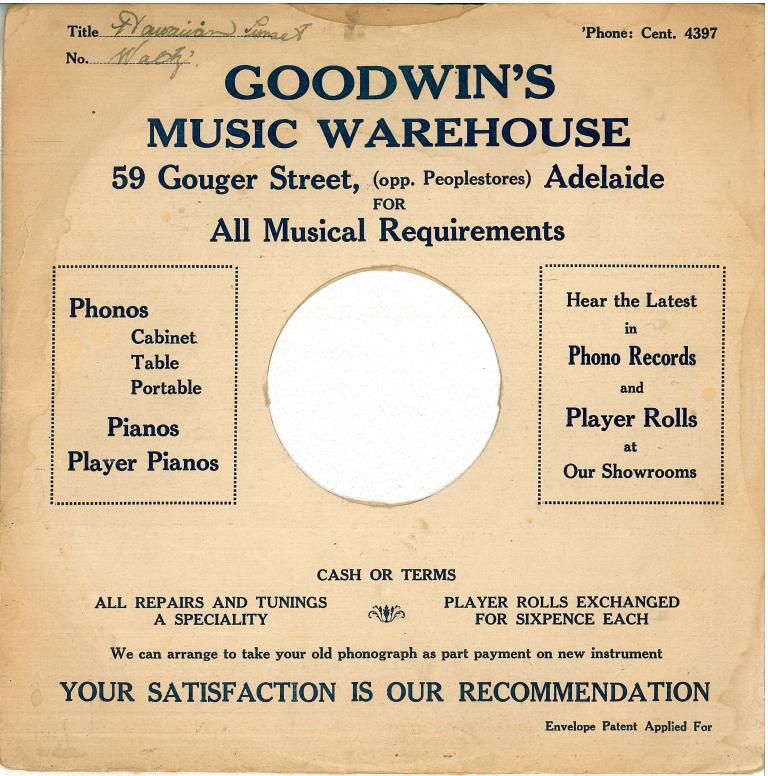
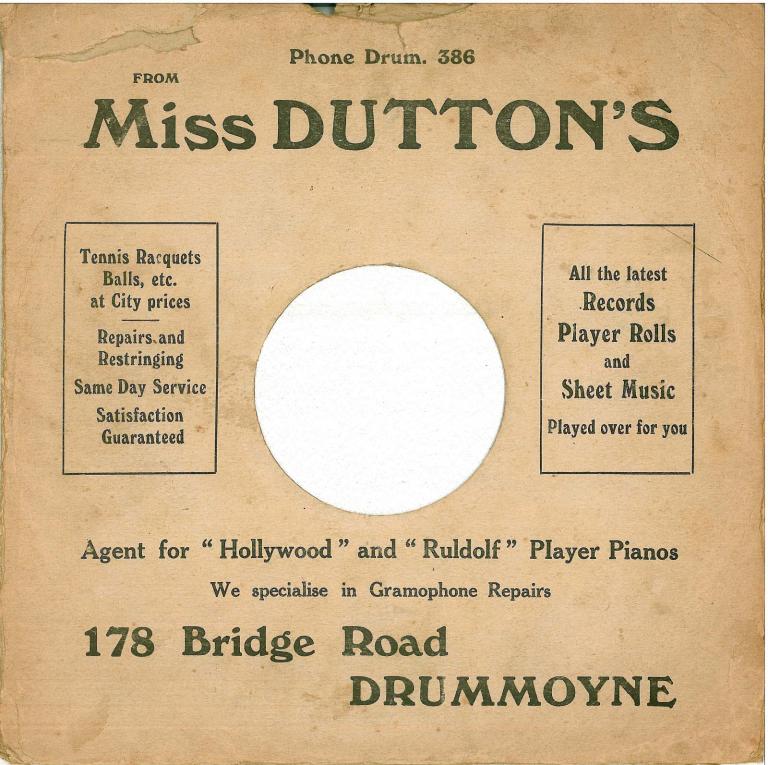
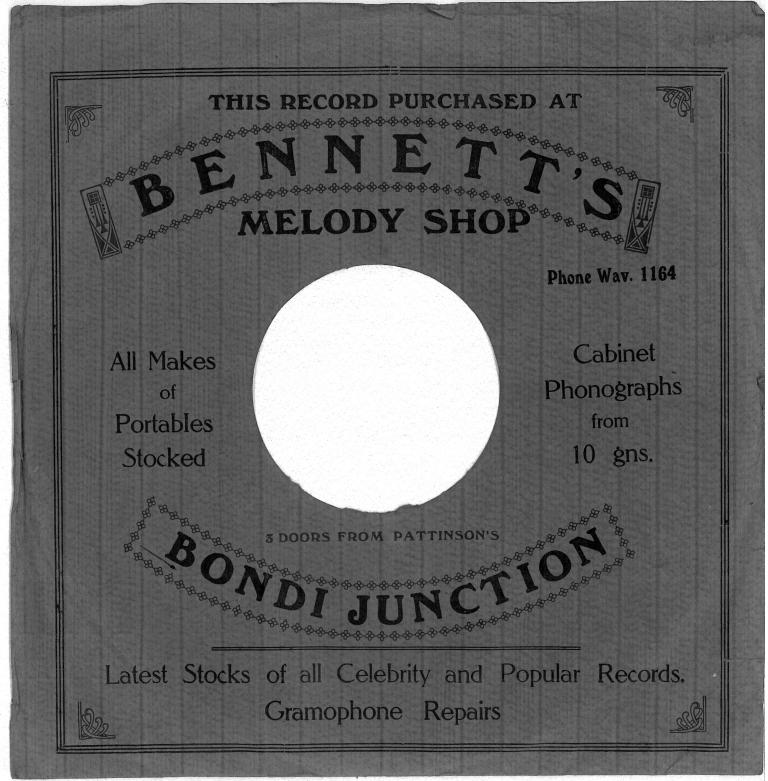
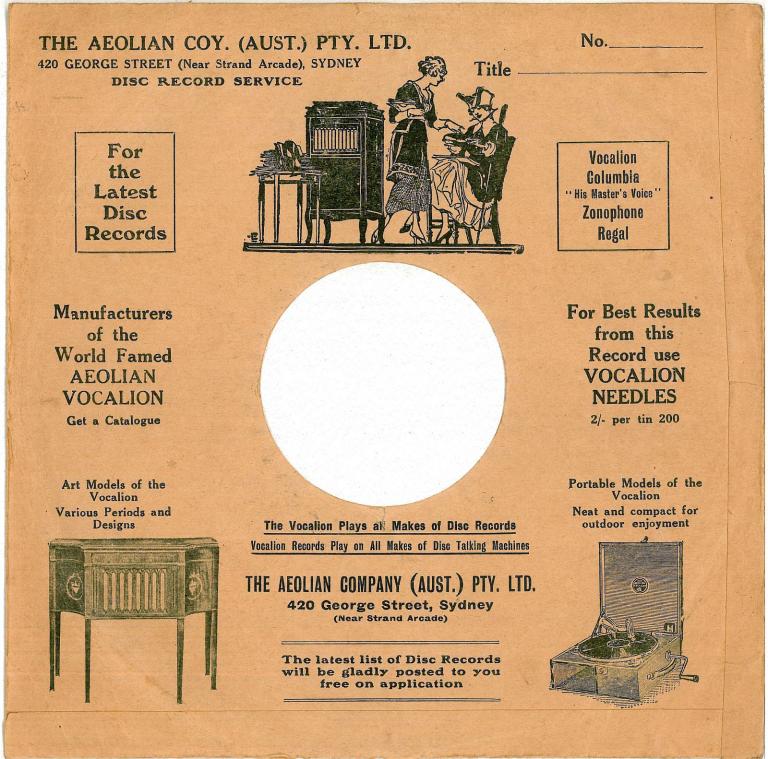
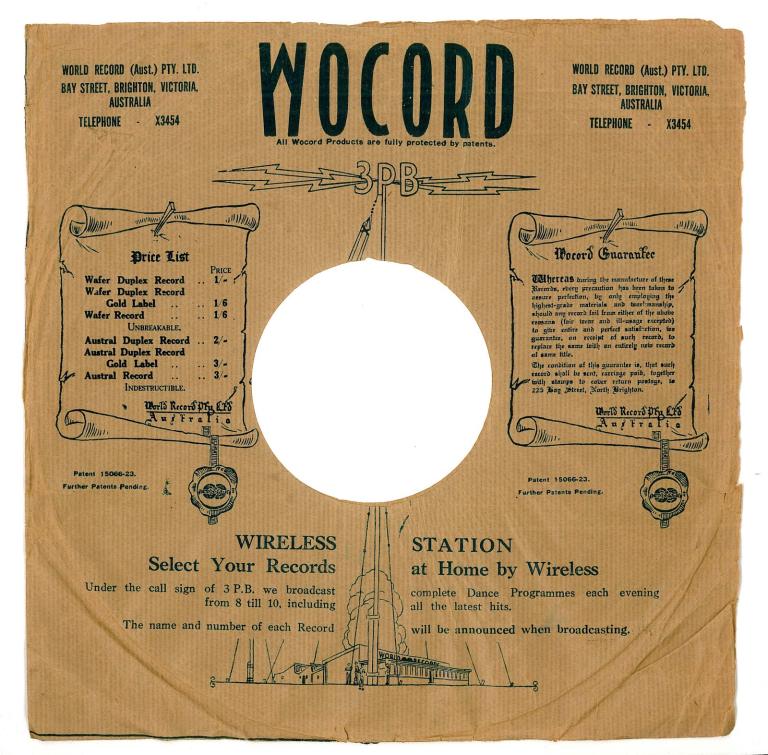
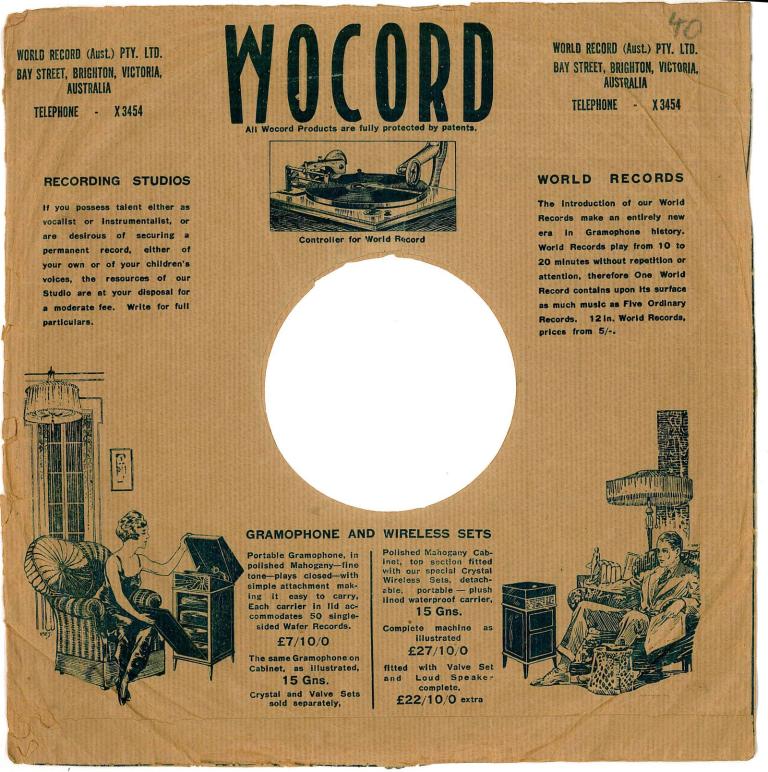
The National Film and Sound Archive of Australia acknowledges Australia’s Aboriginal and Torres Strait Islander peoples as the Traditional Custodians of the land on which we work and live and gives respect to their Elders both past and present.
